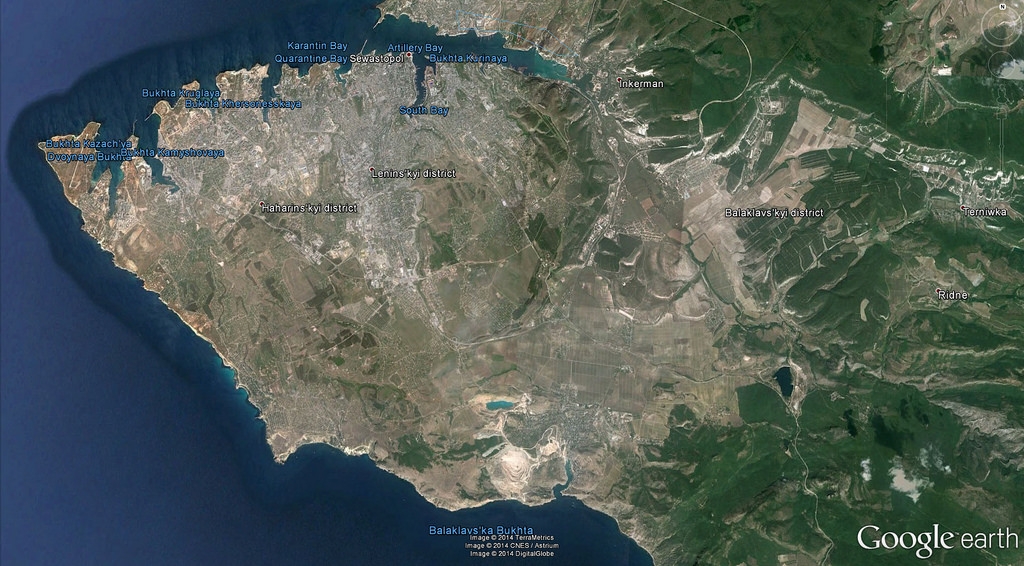It’s long been known that human activity and progress has come at the cost of environmental damage, which have led to some of the most catastrophic results in recent history. With super typhoons, extreme droughts, disastrous wildfires, and increasing climate instability, recent trends reflect consequences that scientists have been warning everyone all along. Just to drive the point home that humans have been causing untold devastations on the planet, Google Earth compiled images that showcased how much damage has been caused since the 80s.
Google Earth’s Timelapse feature has been the source of much humor and enjoyment among users, The Verge reports, but it also has practical features that are meant to educate. The changes on certain landscapes viewed from above are particularly instructive, as they paint a crystal clear picture of what exactly has been done to the planet.
With the cooperation of TIME magazine, the US Geological Survey, and even NASA, Google managed to compile petabytes of information collected from satellite imagery since 1984, all the way up to 2012. Four years later, the search engine company added data gathered since then, with even clearer imagery.
Some of the most apparent examples of grave changes through the decades are the reduction of the Exit Glacier that usually covers the Kenai Peninsula in Alaska, Popular Science points out. Looking over regions including Louisiana or even Nebraska also showcases the increasing ferocity of droughts spurred on by climate change in stark detail.
Google didn’t simply find corresponding pictures and placed them in order, either, Ars Technica reports. With a fair bit of technical wizardry, involving advanced cloud-computing algorithm, the images presented are unobstructed and of higher quality.
It’s true that users can do some silly things through Timelapse, including watching entire cities grow considerably in the space of a few seconds. However, they can also watch whole forests cut down or deserts spread wider to engulf once green areas.



 Joe Biden Proposes Record 44.6% Capital Gains Tax in Latest Budget Plan That May Favor Cryptocurrencies
Joe Biden Proposes Record 44.6% Capital Gains Tax in Latest Budget Plan That May Favor Cryptocurrencies  Ancient nomads you’ve probably never heard of disappeared from Europe 1,000 years ago. Now, DNA analysis reveals how they lived
Ancient nomads you’ve probably never heard of disappeared from Europe 1,000 years ago. Now, DNA analysis reveals how they lived  SK Networks Sets Up AI Research Lab in Silicon Valley
SK Networks Sets Up AI Research Lab in Silicon Valley  Earth Day 2024: 4 effective strategies to reduce household food waste
Earth Day 2024: 4 effective strategies to reduce household food waste  AI-powered ‘deep medicine’ could transform healthcare in the NHS and reconnect staff with their patients
AI-powered ‘deep medicine’ could transform healthcare in the NHS and reconnect staff with their patients  Climate change is warping the seasons
Climate change is warping the seasons  Mercedes-Benz to Release Luxury Electric Van in China
Mercedes-Benz to Release Luxury Electric Van in China  Tesla Model 3 Performance Eligible for $7,500 Tax Credit, Launches at $53K
Tesla Model 3 Performance Eligible for $7,500 Tax Credit, Launches at $53K  Potassium in our soil is running low, threatening global food security – new study proposes a way out
Potassium in our soil is running low, threatening global food security – new study proposes a way out  Things that go buzz in the night – our global study found there really are more insects out after dark
Things that go buzz in the night – our global study found there really are more insects out after dark  The big dry: forests and shrublands are dying in parched Western Australia
The big dry: forests and shrublands are dying in parched Western Australia  Demography and reproductive rights are environmental issues: Insights from sub-Saharan Africa
Demography and reproductive rights are environmental issues: Insights from sub-Saharan Africa  Our laser technique can tell apart elephant and mammoth ivory – here’s how it may disrupt the ivory trade
Our laser technique can tell apart elephant and mammoth ivory – here’s how it may disrupt the ivory trade  Tesla Nears FSD Licensing Deal with Major Automaker, Hits 1.3 Billion Milestone
Tesla Nears FSD Licensing Deal with Major Automaker, Hits 1.3 Billion Milestone  Can golf courses help save the planet? Ask a herd of wild pigs
Can golf courses help save the planet? Ask a herd of wild pigs  River deltas are threatened by more than climate change – leaving hundreds of millions of people at risk
River deltas are threatened by more than climate change – leaving hundreds of millions of people at risk 































